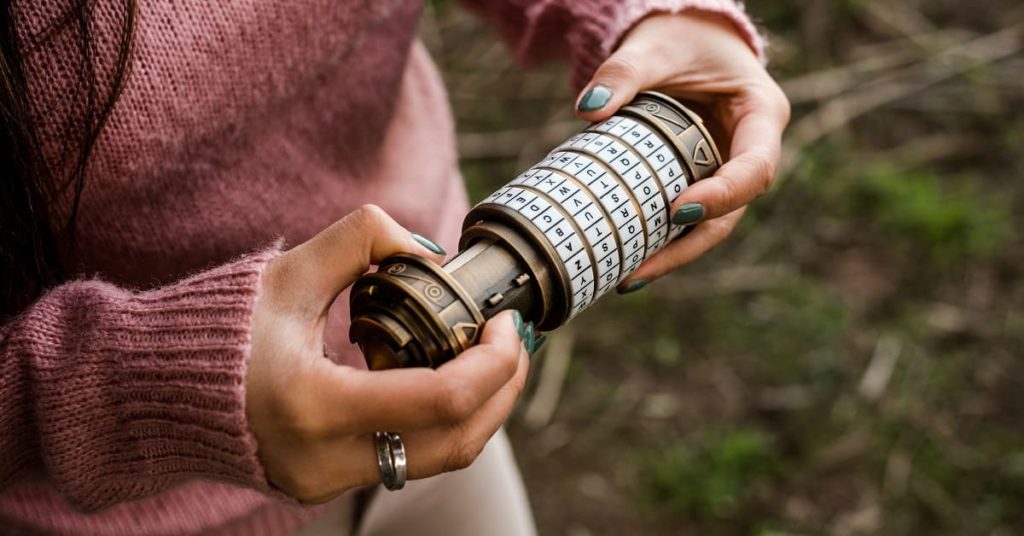Creating a good escape room is hard. It’s not enough to just have an interesting premise or some fantastic puzzles – it needs the right balance of both. Most escape rooms suffer from one of two problems; either they’re too easy, and you can solve them without any thought, or they’re so complicated that you need to spend hours trying every possible solution before finally getting through.
The escape games in Cluetivity were created by experienced game designers who know how to make fun scenarios for players with all levels of experience and skillsets. Our team has decades of combined experience in creating physical games that challenge people in new ways, but we also understand how tricky online gaming can be to make sure your customers have a great time!
We’ve put together this resource page full of tips on what makes for a great escape room scenario and how you can use this information to complete your excellent rooms!
Tip#1 The game should be appropriate for the age of the players.
The escape room should be appropriate for the participants. As you may know, escape rooms are usually done for entertainment and team-building activities. That’s why it is essential to choose the appropriate room according to your group’s skills and interests.
For example, it is not good to bring children under 13 years old into escape rooms intended for adults. That’s because they are still developing their decision-making skills and will have difficulty dealing with situations that could arise in an escape game.
That is why the escape game should be appropriate for the age of the players. The puzzles will depend on how mature you are, but they can range from easy to complex.
Tip#2 Themes should be cohesive and have a sense of direction
You should make the themes of your escape games cohesive. It can be confusing when the theme changes from game to game, and it’s hard for players to have fun if there isn’t any sense of direction or common thread between them.
One of the best ways to make your escape game themes more cohesive and have a sense of direction is to write an introduction for each room. In each escape room, the host gives an intro about the game. The opening will be essential for your escape room. You’ll capture the participants’ attention and explain what they need to do to win a prize.
It helps to understand better what’s going on in this type of game and sets up expectations for what will happen during the game. You can do it by giving a short and informative introduction before beginning.
Tip#3 Puzzles need to have logical and sequential solutions – no random guessing!
The most important thing about puzzles is that they have logical solutions. If the escape game is too easy to solve without a challenge, it defeats the purpose of the escape game.
To make an escape room more challenging, try using the items outside their intended purposes. For example, if you’re stuck in a lab and have syringes lying around, why not use them to squirt some ink on the floor to find hidden clues?
Tip#4 Rooms should be challenging but not impossible to solve.
Some games are pretty tricky and require critical thinking. Sometimes you have to be very clever to solve the puzzles and find your way out of that room! Yet, it doesn’t have to be frustrating and challenging – to the point that players will give up.
So when designing an escape room scenario that will not frustrate the players, it has to be something everyone can relate to. The challenges can be anything that players can encounter and use the skills acquired to solve the problem.
It’s essential to keep the clues for your mystery game clear. Ensure that they are understandable and guessed by observant players, but you should also make them challenging enough to challenge.
Tip#5 Clues should be hidden in plain sight or require logical thinking rather than just guessing.
Great clues are usually cleverly hidden, requiring some logical thinking to get it. But, they don’t have to be hard enough so that everyone gets stuck on them. Clues should be hidden in plain sight, but not directly. Solving it should require some logical thinking because if it’s too easy to figure out, the puzzle won’t be fun anymore.
Tip#6 The time limit needs to make sense so that players don’t get bored waiting around for clues.
Next time you create a game, think about how long the player will be playing. You don’t want them to get bored before they finish the game!
One way to keep a game fast-paced is by limiting the amount of time allowed. It forces players to make quick decisions, keeping the action going! Yet, for each task, the time limit should be reasonable. If it’s too short, people will get bored and leave; if it’s too long, then there won’t be a sense of urgency.
Tip#7 An ideal escape room scenario will provide the players with an enjoyable time, rewarding when they solve it!
Many elements can make a great escape room scenario, but one thing is of utmost importance. A great scenario should be fun and enjoyable for the players! A good scenario should have a primary goal and conflict. While it’s essential to provide a sense of fun, remember that players want something challenging and engaging!
The main goal of a scenario is to get the player from point A to point B. The conflict should slow down or even stop them in their tracks. When writing a scenario, it’s essential to think of what happens in the beginning, middle and end. The main goal is the story’s purpose, while conflict creates tension and uncertainty.
The goal can be achieved in different ways, but the player won’t know which way to go until they are given more information about their mission.
Tip#8 The setting needs to be immersive and believable but also manageable in size, so it doesn’t take hours just to escape one room!
Three elements make an escape game setting immersive and believable. The first is how you interact with players. The second is how you present information to them, and the third it’s about creating a logical layout for their surroundings.
The best escape rooms are realistic and engaging. It’s essential to provide the players with some clues to help them solve puzzles and create a ‘real-life’ setting in an imaginary space. The mysteries need to be logical and well-thought-out to feel engaging so players don’t get bored.
In Conclusion
Creating a good escape room is hard, but it doesn’t have to be. You can find the perfect balance of difficulty with a few simple steps. First and foremost, you need an exciting premise that will grab your players’ attention from the start – make sure they’re invested in solving your puzzles before they even walk through the door! Next, consider how complex each puzzle should be; not too easy (or people might get bored) and not too hard (so people don’t give up).
Finally, think about what type of customer or demographic you want to attract with your escape room experience. This way, you can design an escape room that’s just right for them! Have you thought about creating one for yourself? Cluetivity experts are here for you.
We understand what makes a tremendous puzzle-based experience work and how to create captivating games with compelling storylines. Contact our team now if you want help designing an escape room for your business to see firsthand how we do things differently than others.




